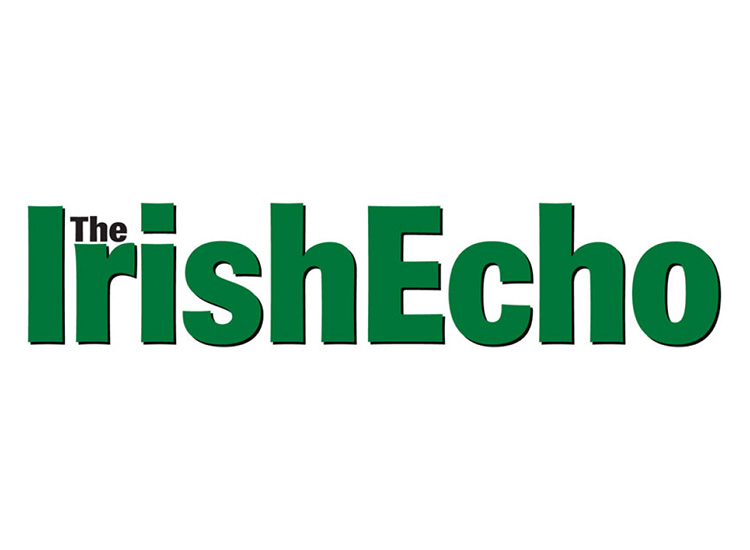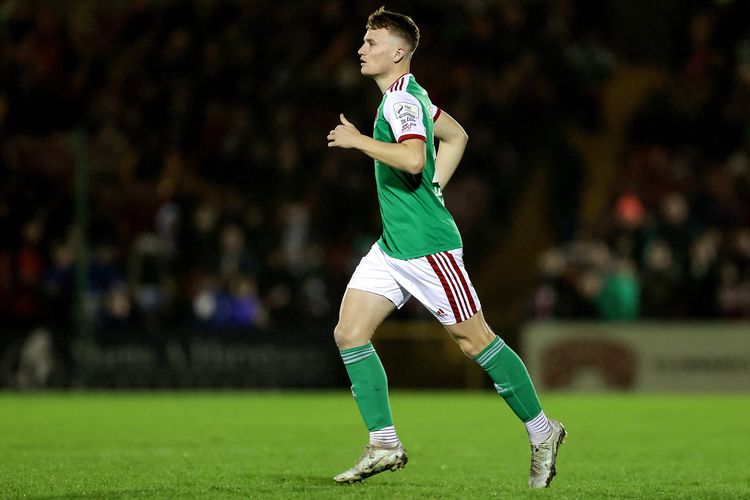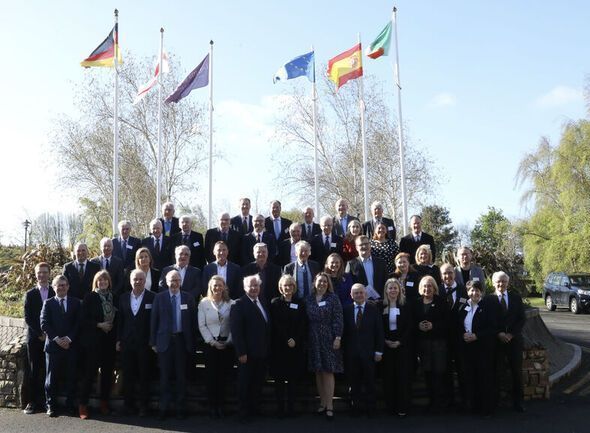A street scene in Old Havana with the Capitolio in the background
By Bill Hughes
Try forty-three minutes!
This is the time it took for our chartered jet plane to fly 228 miles from Miami, Florida, to Havana, Cuba.
As it approached the island, I saw so much green, I thought we were landing in the West of Ireland.
The airport is located just southwest of the bustling capital city of 2.2 million. Havana is steeped in the history of colonial Spain.
The five day tour, entitled “Discover Havana,” was put together with an educational and cultural focus, in order meet the U.S. standards for obtaining a visa to visit.
Our experienced tour guides, I am pleased to say, were all first-rate in every respect.
Just about every Cuban I met on my brief trip saluted President Barack Obama for his March, 2016, visit to the island nation.
It was a first in nearly a century by an American president.
The iconic Hotel Nacional was our home base. What a national treasure this place is. It dates to the 1930s. Just blocks from the Caribbean, it is simply marvelous.
Back in the post-WWII days, Hollywood celebrities loved to hang out there, along with some of the mobsters from Chicago, Los Angeles and New York.
The lobby of the Nacional is filled with photographs of the late Fidel Castro. It showed him with visiting statesmen and celebrities, like the actor Robert Redford.
It reminded me of the Belvedere Hotel in Baltimore, where the late Victor Frenkil, its then owner, got a kick out of filling the walls of its lobby with his mug shot beside that of a movie star and/or a politico.
I got the distinct impression, however, that it’s the late Che Guevara, one of the heroes of the Cuban Revolution, who is the most revered figure in Havana.
And he wasn’t even a Cuban!
Guevara was a native of Argentina and of Irish and Basque descent. His image is featured in Revolutionary Square, among other sites.
The streets of Havana are packed with restored American cars, many from the 1950s era. Some are used as taxicabs. It is such a wondrous sight to take in. I felt as if I, a former owner of the 1957 Bel Air Chevy, blue and white, were a passenger in a time machine.
When the so-called “Russian Bloc” collapsed in 1991, it was a hard blow to Cuba’s national economy. New investors from China, Europe and Canada had to be pursued.
An economics professor told our tour group that “private investors now make-up about 29 percent” of the economy for Cuba.
Tourism is helping to grow those private investor numbers and to renew its capital city in a fast-changing economy.
I asked one Havana cabbie what he thought his country needed most. He quickly fired back: “More capitalism!”
I fell in love with the section of the town known as “Old Havana.”
It’s where the city originally started. I could have hung out there every day. I enjoyed watching the workers fixing up the streets, the boys kicking the soccer ball around, a child chasing after the pigeons, and the young girls practicing their dance steps.
At night, Old Havana is even more intriguing with its small streets filled with children playing, musicians of all stripes belting out Latin tunes, and craftsmen selling their wares. The restaurants in Old Havana are filled with the finest seafood caught daily from the waters surrounding Cuba.
“Old Havana” is also like an ongoing Baltimore-based “HonFest.”
There are so many charming characters out on its streets/plazas doing their unique thing. Rides in a horse-drawn carriage are available and popular.
I need to underscore this fact: Havana is a very safe, big city.
Cuba ranks third in public safety in all of the Americas after Canada and Chile. In my travels, I did not see any military personnel and the police were a rare presence, except occasionally for directing traffic.
One day, we checked out the local cemetery, “Cristobal Colon,” named after Christopher Columbus. It is huge, and its monuments are more luxurious than even fabled “Recoleta Cemetery” in Buenos Aires, Argentina.
This indicated how much wealth was once to be found in Havana. There is even have a monument to a man who was known as “Ernest Hemingway’s favorite bartender.”
Talking about the much-loved Hemingway, we took a trip about fifteen miles outside of Havana one afternoon to visit his former estate, “Finca La Vigia.”
It was featured in the film: “Papa: Hemingway in Cuba.”
It was easy to understand, after viewing the property, why the great novelist was so enamored of it.
Hemingway was fond, too, of the quaint fishing village, Cojimar, just east of Havana. A statue to Hemingway is now located there, along with a 17th century fort. Cojimar was also on our tour.
In my five day visit I also got a chance to check out, among other interesting places, a large factory that made cigars; a day care center; a print-making shop; art, dance and music schools; and, a small village that featured flamboyant mural-making.
I’m pleased to say that many of the locals spoke English and we were able to exchange views on a variety of subjects.
As a socialist nation, Cuba’s extends to all of its citizens free health care, free schooling, including college, free housing and no income tax on its wage earners. Elections, however, aren’t free. Cuba is a Communist Party-controlled state.
I would be remiss if I didn’t give a “highly recommended” plug to “Friendly Planet Travel,” located just outside of Philadelphia. It put together this excellent, memorable and reasonably-priced “Discover Havana” tour. I feel fortunate to have been a part of it.
Bill Hughes is a Baltimore-based writer and photographer











